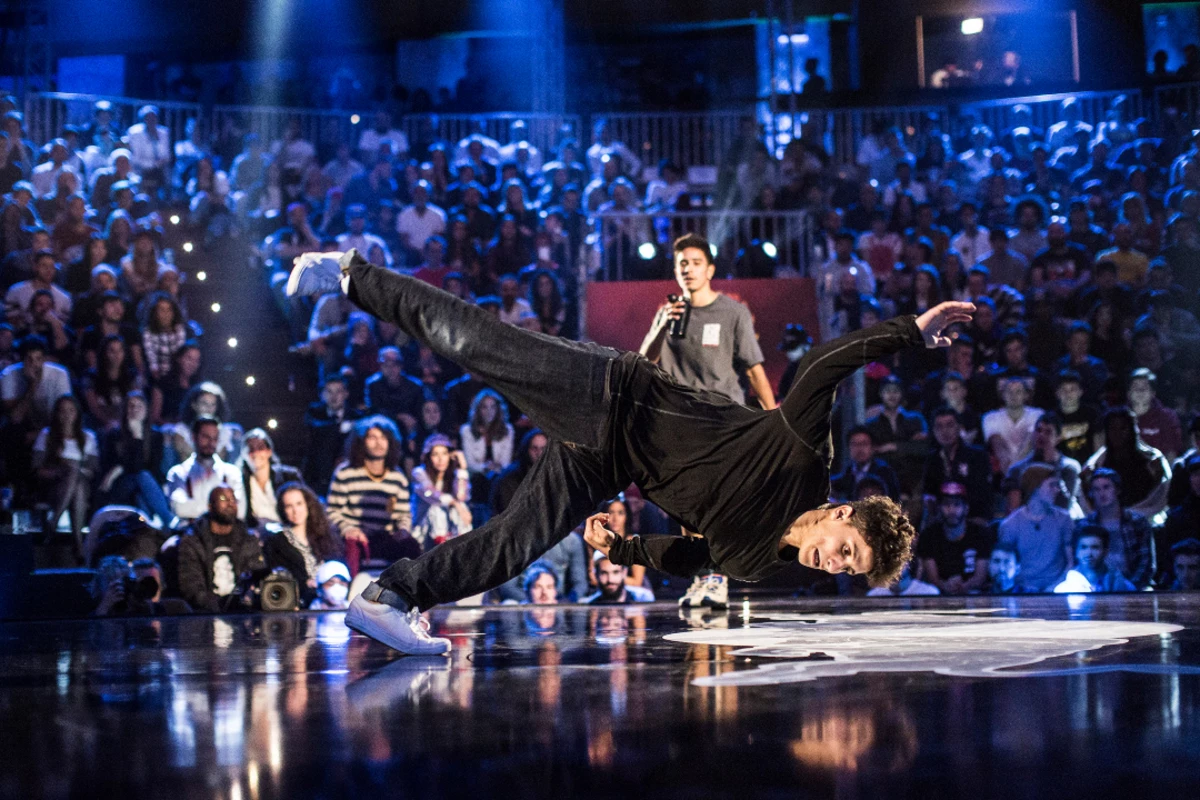History of Breakdancing in the Olympics: Breakdancing Olympics

Breakdancing, a dynamic and expressive dance form born on the streets of New York City in the 1970s, has journeyed from its humble beginnings to the prestigious platform of the Olympic Games. This journey reflects the evolution of breakdancing from a vibrant street culture phenomenon to a recognized sport, showcasing its global appeal and athleticism.
Breakdancing’s Rise from Street Culture
Breakdancing’s roots lie in the vibrant street culture of the Bronx, New York City, in the 1970s. It emerged as a form of self-expression and a means of social interaction among young people, particularly within the African American and Latino communities. The dance form evolved from various influences, including funk, jazz, and martial arts. Breakdancing’s distinctive moves, such as the “top rock,” “footwork,” “power moves,” and “freezes,” quickly gained popularity, spreading beyond the Bronx and capturing the attention of the world.
Milestones in Breakdancing’s Recognition
Breakdancing’s journey towards Olympic recognition was marked by several significant milestones.
- The emergence of breakdancing crews and competitions in the 1980s, such as the “Rock Steady Crew” and the “R16,” solidified its status as a competitive art form. These crews showcased their skills in competitions, further popularizing breakdancing globally.
- The inclusion of breakdancing in mainstream media, including movies, music videos, and television shows, significantly increased its visibility and broadened its appeal to a wider audience. The dance form became synonymous with the urban culture of the 1980s and 1990s, capturing the imagination of people across generations.
- The establishment of international breakdancing organizations, such as the “World B-Boy Organization” (WBO), provided a platform for competitive breakdancing and fostered its growth as a recognized sport. These organizations created a structured framework for competitions, standardized rules, and promoted breakdancing globally.
Breakdancing’s Global Popularity and Olympic Recognition, Breakdancing olympics
Breakdancing’s global popularity played a pivotal role in its recognition as an Olympic sport. The dance form has gained widespread acceptance and participation in countries across the globe, attracting a diverse range of enthusiasts and performers. This global reach demonstrated the universality and appeal of breakdancing, making it a strong contender for inclusion in the Olympic Games.
In 2020, the International Olympic Committee (IOC) announced the inclusion of breakdancing in the Paris 2024 Olympic Games. This decision reflected the growing recognition of breakdancing as a legitimate sport, acknowledging its athleticism, artistry, and global appeal. Breakdancing’s inclusion in the Olympics marks a significant milestone in its evolution, elevating it to the world’s highest stage and further solidifying its place in the global sporting landscape.
Breakdancing Techniques and Judging Criteria

Breakdancing, a vibrant and athletic dance form, demands a unique combination of technical skill, creativity, and artistry. This section delves into the core techniques and judging criteria that define this dynamic dance style.
Breakdancing Techniques
Breakdancing techniques are categorized into four primary styles: top rock, footwork, power moves, and freezes. Each style contributes to the overall performance, showcasing the dancer’s agility, strength, and artistic expression.
- Top Rock: Top rock refers to the rhythmic and dynamic movements performed while standing. These movements often involve footwork, arm gestures, and body isolations, setting the stage for the subsequent dance sequences.
- Footwork: Footwork involves intricate and fast-paced foot movements, often executed on the ground. This technique emphasizes agility, coordination, and control, showcasing the dancer’s ability to navigate the dance floor with precision.
- Power Moves: Power moves are acrobatic and physically demanding techniques that require strength, flexibility, and control. These moves often involve rotations, flips, and spins, showcasing the dancer’s athleticism and ability to defy gravity.
- Freezes: Freezes are static poses that demonstrate balance, control, and creativity. These poses are often held for a brief period, allowing the dancer to showcase their artistic vision and highlight their physical prowess.
Judging Criteria for Breakdancing Competitions
Breakdancing competitions employ a comprehensive judging system that evaluates the dancer’s technical skill, creativity, and artistry. These criteria are often weighted differently depending on the competition and the judges’ preferences.
| Criteria | Description | Points Awarded | Example |
|---|---|---|---|
| Technical Skill | The accuracy and execution of breakdancing techniques, including top rock, footwork, power moves, and freezes. | High points awarded for clean execution, precision, and control. | A dancer performing a flawless backspin with perfect landing and control. |
| Creativity | The originality and innovation of the dance routine, including the selection of techniques, transitions, and musicality. | Points awarded for unique combinations of techniques, innovative transitions, and musical interpretation. | A dancer incorporating a unique combination of footwork patterns and power moves, seamlessly transitioning between them with a distinct musicality. |
| Artistry | The dancer’s ability to express themselves through movement, conveying emotions, storytelling, and personal style. | Points awarded for engaging stage presence, expressive movements, and personal style. | A dancer performing a routine with captivating energy, fluid movements, and a distinct artistic vision. |
Breakdancing olympics – While breakdancing might seem like a chaotic whirlwind of limbs and spins, it’s nothing compared to the unpredictable nature of a dust devil. Just ask those skydivers who got caught in one, as documented in this harrowing account: skydiving accident dust devil.
Thankfully, breakdancing only requires a good pair of sneakers, not a parachute, so we can all rest assured that the only “dust devils” we’ll encounter are those created by the whirling dervishes of the dance floor.
While breakdancing might involve a different kind of gravity-defying moves, the competition for a spot in the Olympics is no less intense. Just ask the climbers vying for a chance to compete in the climbing Olympics 2024 qualifying rounds.
The breakdancing world, with its spins and freezes, can certainly learn a thing or two from the sheer focus and determination required to conquer those vertical walls.